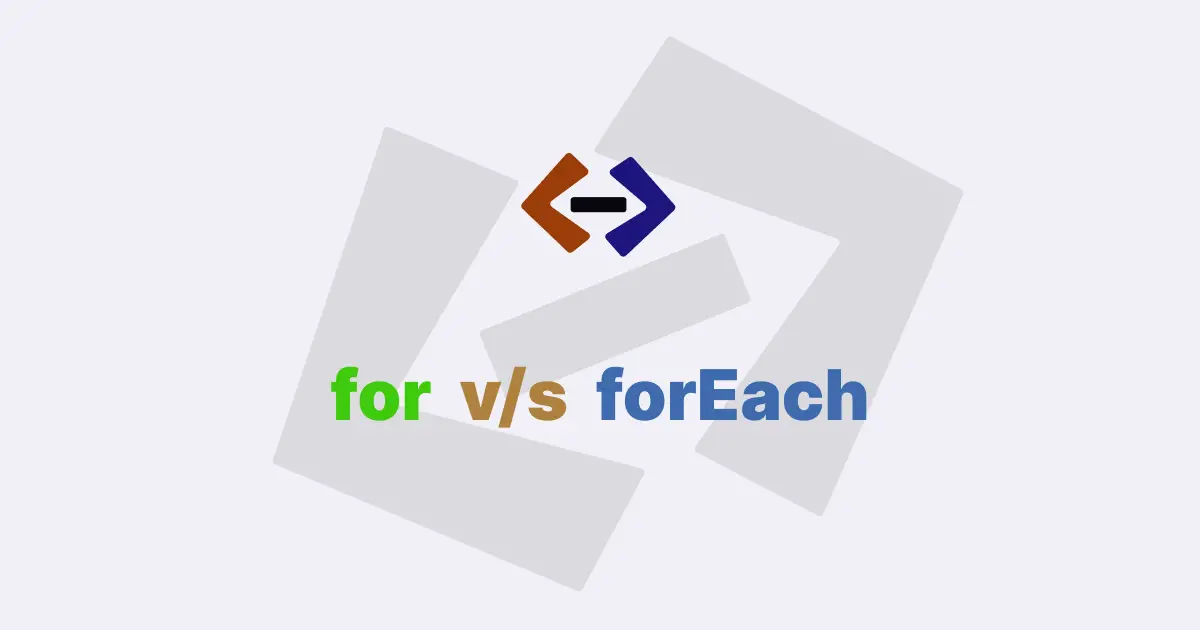In JavaScript, let, var, and const are used to declare variables, but they each have different characteristics and purposes.
-
varis used to declare a variable that has a function scope or global scope. Variables declared withvarcan be re-declared and updated within their scope. Ifvaris used inside a function, it is limited to that function’s scope. However, if it is declared outside of a function, it is considered a global variable and can be accessed from anywhere in the program. -
let, on the other hand, is used to declare a block-scoped variable. This means that the variable declared withletis only accessible within the block of code where it was declared, including nested blocks. This helps to avoid naming conflicts and unexpected changes to the variable’s value in other parts of the code. The value of aletvariable can be updated, but it cannot be re-declared within the same scope. This means that if you try to declare anotherletvariable with the same name within the same block, it will cause a syntax error. -
constis also used to declare a block-scoped variable, but unlikevarandlet, it cannot be reassigned or re-declared. Once a value is assigned to aconstvariable, it cannot be changed. It is important to note thatconstonly creates a read-only reference to a value, not a constant value itself. Therefore, if the variable is an object or an array, the properties or elements of that object or array can be modified.
When deciding which type of variable declaration to use, it’s important to consider the scope and intended usage of the variable. If the variable is only needed within a specific block of code, it’s best to use let or const to avoid potential issues with naming conflicts or unintentional updates to the variable’s value. const is especially useful when working with values that should not be changed, such as mathematical constants or configuration settings.
var is still useful in some cases, such as when working with legacy code or when you intentionally want to declare a global variable. However, it’s generally recommended to use let and const instead for better code readability and maintainability.
Here’s an example of using these three types of variables:
var x = 1;
let y = 2;
const z = 3;
function example() {
var x = 4;
let y = 5;
const z = 6;
console.log(x, y, z); // 4 5 6
}
console.log(x, y, z); // 1 2 3
example();
console.log(x, y, z); // 1 2 3In the above example, var x is accessible both inside and outside the function, let y is only accessible within the block where it was declared, and const z is also only accessible within the block where it was declared and cannot be reassigned or re-declared.
Thank you for reading, and let’s have conversation with each other
Thank you for reading my article. Let’s have conversation on Twitter and LinkedIn by connecting.



